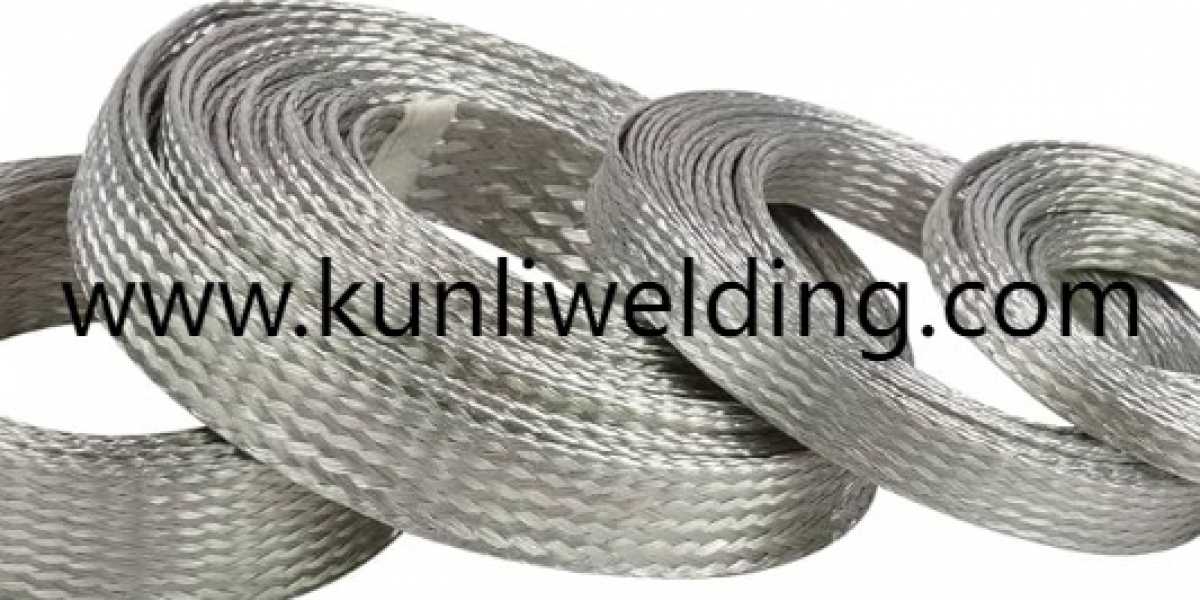When upgrading safety for energy storage equipment, Aluminum Welding Wire ER4943 offers a reliable solution for achieving hermetic seals in critical battery modules. This wire's unique composition promotes excellent wetting and fusion with aluminum housings, ensuring that containment vessels remain impervious to moisture and contamination. As the push for resilient grid storage grows alongside renewable integration, weld integrity has become a key focus for equipment manufacturers and installation teams alike.
Understanding Sealing Demands in Energy Storage
Battery enclosures must withstand pressure differentials and environmental exposure without leaking. Traditional sealing methods can degrade under thermal cycling or mechanical stress, risking electrolyte escape and performance loss. By welding containment seams with specialized filler wire, engineers create continuous metal joints that match the base material's expansion characteristics. This approach eliminates the need for gaskets or adhesives that may fail over time, delivering a robust metal to metal bond.
Alloy Composition and Fusion Performance
The alloying elements in ER4943 facilitate clean weld pools and minimize porosity. Enhanced fluidity allows the molten filler to flow into narrow joint geometries, filling microscopic voids that could compromise hermeticity. At the same time, the solidified bead resists cracking under repeated charge and discharge cycles. The result is a seamless barrier that retains its integrity even when modules experience rapid temperature shifts or vibration during transport and operation.
Optimizing Welding Parameters for Consistent Seals
Achieving perfect fusion requires precise control of heat input and travel speed. Automated TIG setups outfitted with pulse controls can fine tune arc characteristics to match thin sheet walls without burn through. Consistent spool quality and diameter uniformity reduce the need for frequent wire adjustments, allowing operators to maintain optimal settings throughout long production runs. Training technicians on parameter verification further ensures that each joint meets stringent sealing criteria before moving to life cycle testing.
Enhancing Environmental Resistance
Energy storage units often deploy in harsh outdoor or industrial locations where moisture, dust, and corrosive atmospheres threaten component longevity. After welding, ER4943 joints form a homogeneous alloy region that resists pitting and oxidation. In highly humid or salt laden environments, this corrosion resistance prevents breaches that could lead to electrical short circuits or thermal runaway. Long term field studies show weld zones retaining structural and electrical performance under demanding conditions.
Quality Assurance and Traceability
Manufacturers focused on safety upgrades implement rigorous inspection regimes. Non destructive testing methods—such as helium leak detection and ultrasonic scanning—verify that welds are free of hidden channels. Combining these techniques with batch traceability of filler wire provides full visibility into material provenance and process history. When compliance audits or client inquiries arise, documented records demonstrate adherence to internal standards and external regulations.
Supporting Rapid Innovation and Deployment
As renewable energy adoption accelerates, project timelines have compressed. Modular storage systems must be fabricated and commissioned quickly without compromising safety. Wire suppliers that offer just in time delivery and technical support help engineering teams integrate ER4943 welding seamlessly into existing workflows. Access to application guides and on site troubleshooting accelerates ramp up times, allowing OEMs and integrators to meet tight schedules for utility scale and microgrid projects.
Whether equipping commercial facilities or remote installations, sealing performance underpins equipment reliability. By leveraging specialized filler materials designed for aluminum enclosure welding, teams can eliminate vulnerable sealing components and achieve unified metal barriers. For more information on implementing ER4943 welding solutions and exploring case studies in high performance industrial joining visit www.kunliwelding.com .














